order

Coleoptera
“Adult Beetles”

Coleoptera
“Larval Beetles”

Diptera
“True Flies”

Ephemeroptera
“Mayflies”

Hemiptera
“True Bugs”

Lepidoptera
“Aquatic Caterpillars, Snout Moths”

Megaloptera
“Alderflies, Dobsonflies, and Fishflies”

Odonata
“Dragonflies and Damselflies”

Plecoptera
“Stoneflies”

Trichoptera
“Caddisflies”
family
Ephemerellidae
Ephemerella
“Spiny Crawler Mayflies”
Genus Overview
There are 17 species of this common and widespread genus known in North America; in the East, adults of some of these are called Hendricksons or Sulphurs by fly fishers. Larvae inhabit all types of streams, where they cling to the substrate while collecting small particles of organic matter or scraping diatoms and algae and other biofilm from rocks and other surfaces. This genus is the more commonly collected of the family. None have been associated with ponds or lakes.
Characteristics
POLLUTION TOLERANCE
Southeast: 0 - 4
Upper Midwest: 1 and higher
Midwest: 2.9 and higher
0 = least tolerant, 10 = most tolerant
FEEDING HABITS
Collector / Gatherer
Scraper / Grazer
Scraper / Grazer
MOVEMENT
Clinger
Swimmer
Swimmer
DISTRIBUTION
Widespread (east of the Rocky Mtns.)
HABITAT
Lotic-depositional
Lotic-erosional
Lotic-erosional
Diagnostic Characters
Order
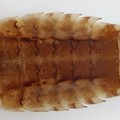
Abdominal Gills
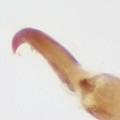
Single Tarsal Claw

Usually 3 Tails
Family
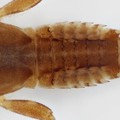
Segment 2 Without Gills
Genus
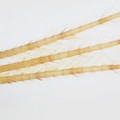
Caudal Filaments with intersegmental setae
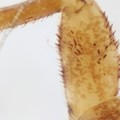
Forefemur
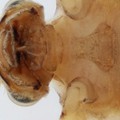
Maxillary palps
+ Expanded Character List
Order:
Wings developing in wing pads. Mouthparts suitable for chewing. Gills present on tops and sides of abdomen. Segmented legs present. One tarsal claw per leg. Usually with 3 tails (sometimes 2).
Family:
Gills on abdominal segment 1 rudimentary or absent. Abdominal segment 2 without gills. Gills on abdominal segments 3 (if present) and 4–7 have two layers: a top layer that is oval and plate-like and a bottom layer that is multi-lobed; in preserved specimens these gills lying in paired dorsal depressions and camouflaged, not readily seen by novices. Abdominal terga often with paired tubercles. Mature larvae 5–15 mm long, not including tails.
Genus:
Maxillary palps well developed. Forefemora thicker than foretibiae, lacking conspicuous anterior tubercles, spurs, or spines, but almost always with some bristle-like or robust setae on top. Gills arising from posterior margins of abdominal segments 3-7. Main part of ventral lamella of each abdominal gill 6 entire, not cleft. Caudal filaments (tails) with many interfacing fine setae (at least 3 or 4 on a side of each segment).
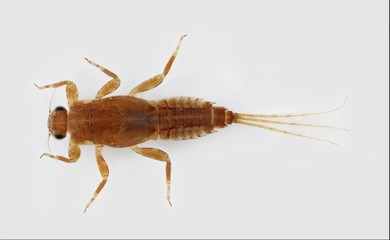
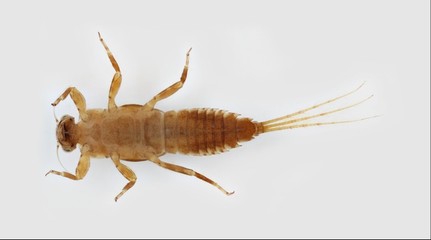
Dorsal
Ventral



